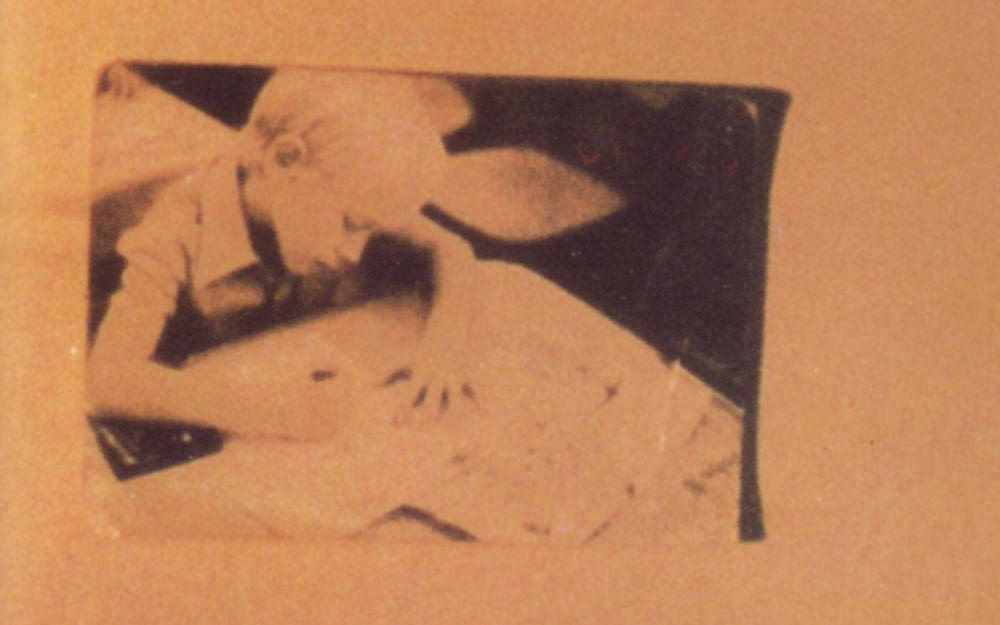20 Years Later, and I Could Still Live in Hope

According to its Wikipedia entry, Low’s debut album I Could Live in Hope was released 20 years ago today on the now defunct Vernon Yard Recordings. Coincidentally, I’ve been listening to the album quite a bit in the car over the last few days — it’s perfect music for the sort of grey, gloomy December weather Lincoln’s having right now — and even after two decades, I Could Live in Hope has lost none of its sublime grace and beauty. By contrast, it’s effect and (dare I say) necessity have only increased with age.
I first became aware of Low and I Could Live in Hope back in 1996 or so via Projekt Records’ Sam Rosenthal, who mentioned it in an email newsletter and compared the Minnesota trio to Slowdive. Rosenthal’s comparison piqued my curiosity (I’d recently become quite enamored with Slowdive) and the first time I heard “Words,” the album’s opening track, I was instantly entranced by the band’s glacially slow pace and especially the harmonies of Alan Sparhawk and Mimi Parker.
Given the album’s slower-than-slow pace, John Nichols’ creeping bass lines, and the cryptic lyrics, it’s tempting to describe I Could Live in Hope as chilly, withdrawn, maybe even ominous. And there’s some truth to that — this isn’t really the sort of music one listens to when trying to perk up. It’s about as aloof and introverted as pop music can get. But I Could Live in Hope possesses a warmth and intimacy that is hard to resist. The warmth comes from Sparhawk and Parker’s effortless harmonies, the intimacy from the album’s deliberate focus and appreciation of space.
On songs like “Slide,” “Lullaby,” and “Down,” there’s nothing inessential; each note, strum, and brush of the snare seems carefully and deliberately placed for maximum space and emotional effect. This space creates a vacuum that draws the listener in, that makes one strain to hear each possible detail. In particular, each note that Sparhawk plucks from his guitar is suspended in its song, spinning and shimmering like a reverbed jewel, or sent to drift languidly over Nichols and Parker’s rhythms. It’s the exact opposite of what’s normally considered a guitar solo, and yet, there’s no denying Sparhawk’s technical prowess or sense of control. (Sometimes, what isn’t played is just as important as what is played.)
In this loud, hectic, rapidly paced world of ours, we need art that encourages, and even forces us to slow down and see with new eyes… or hear with new ears. That tells us it’s OK to take a deep breath and appreciate both the tiny, seemingly insignificant details as well as the spaces in-between them. That it’s OK to experience and enjoy subtlety, restraint, and minimalism.
I Could Live in Hope is that sort of art for me. Time seems to stand still whenever this album’s playing; listening to it is as much an act of meditation as anything else. Even after 20 years, the minute I hear those bass lines, unhurried guitar riffs, and aching harmonies, they become all I can sense; during its eleven songs, the whole world is distilled, crystallized, and brought into focus. For a brief and blessed time, everything becomes simple. Clear. Pure.